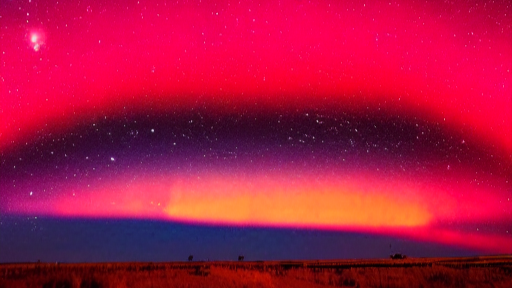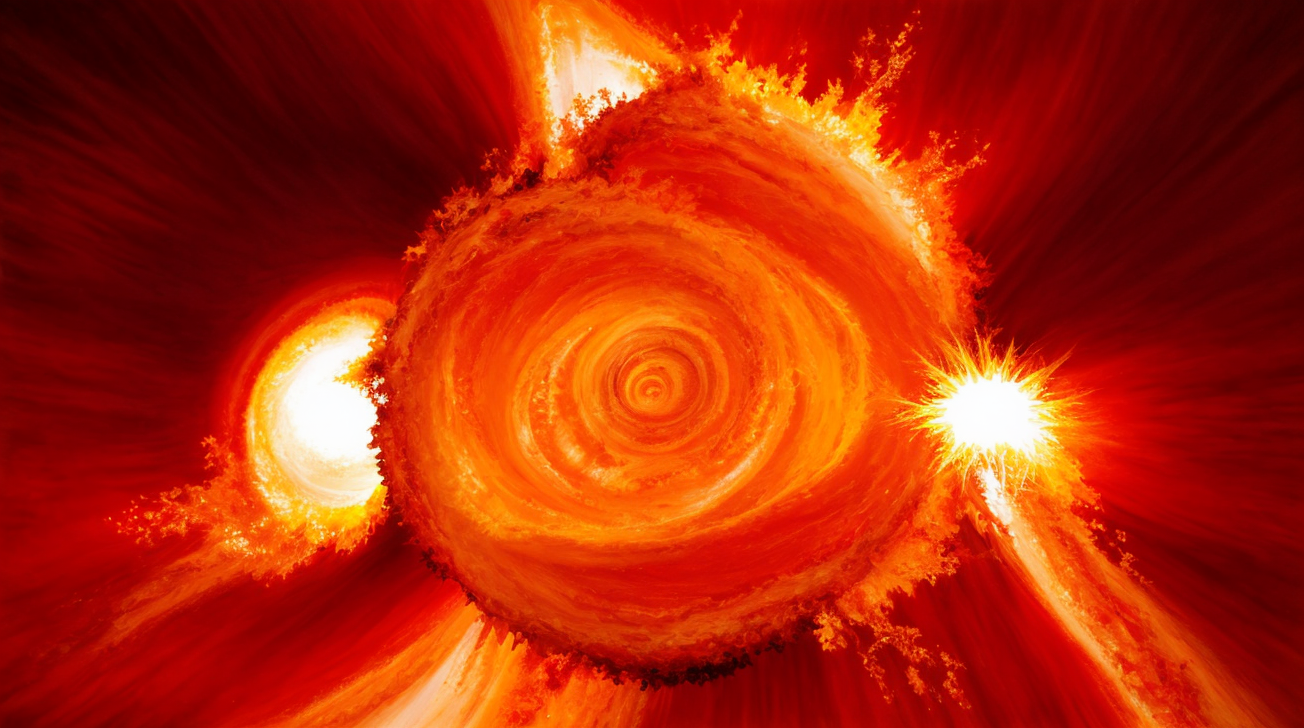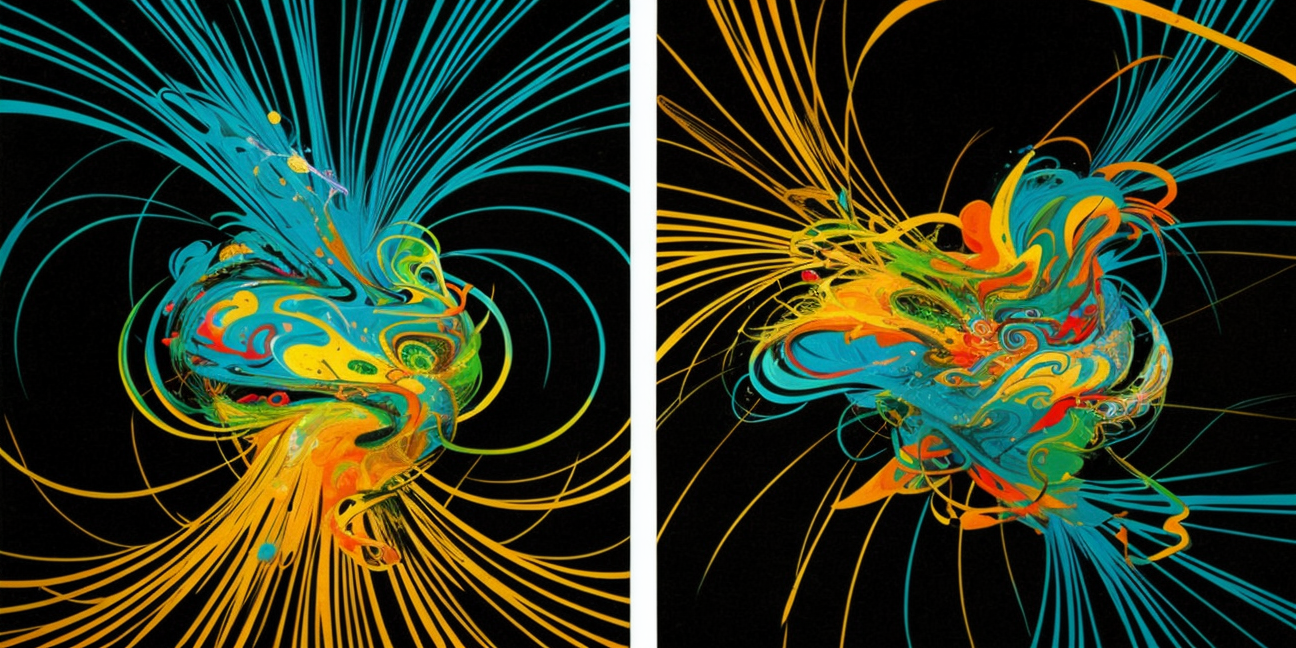Geomagnetic excursion
A geomagnetic excursion, like a geomagnetic reversal, is a significant change in the Earth's magnetic field. Unlike reversals, an excursion is not a "permanent" re-orientation of the large-scale field, but rather represents a dramatic, typically a (geologically) short-lived change in field intensity, with a variation in pole orientation of up to 45°
from the previous position.Excursion events typically only last a few thousand to a few tens of thousands of years, and often involve declines in field strength
to between 0 and 20% of normal. Unlike full reversals, excursions are generally not recorded around the entire globe. This is certainly due in part to them not registering well in the sedimentary record,
but it also seems likely that excursions may not typically extend through the entire global geomagnetic field. There are significant exceptions, however.
examples from the past
Laschamp Excursion (~41,400 - 39,200 years ago): This is one of the most well-known geomagnetic excursions, named after the Laschamp volcanic flow in France. During this period, the Earth's magnetic field weakened by about 90% and reversed its polarity multiple times.
Mono Lake Excursion (~35,000 - 33,000 years ago): Discovered in sediment cores from Mono Lake, California, this excursion is characterized by a brief reversal of the Earth's magnetic field.
Lake Mungo (~24,000 - 22,000 years ago): Another geomagnetic excursion with a brief reversal of the Earth's magnetic field.
Gothenburg Flip (~12,300 - 11,700 years ago): Also known as the "Gothenburg geomagnetic excursion," this event occurred during a period of rapid climate change at the end of the last ice age. The Earth's magnetic field weakened significantly, and some researchers suggest that it might have even briefly reversed its polarity.
The Gothenburg Flip is particularly intriguing because it coincides with several other significant geological and climatic events around that time, including:
The Younger Dryas cooling event (a sudden and brief cold snap)
The final deglaciation of the Northern Hemisphere
The onset of the Holocene epoch (our current geological era)
Current Signs Indicating a Potential Upcoming Excursion:
-
Decrease in Magnetic Field Intensity: Earth's magnetic field has weakened by about 9% over the past 200 years.
-
Rapid Pole Movement: The north magnetic pole is shifting at a rate of approximately 50 km/year.
-
Magnetic Field Anomalies: Areas like the South Atlantic Anomaly indicate significant changes in the magnetic field.
Conclusion:
Based on historical patterns and current signs, we may be on the verge of a new geomagnetic excursion. Continuous
monitoring and research are essential for understanding and preparing for potential geomagnetic changes.


